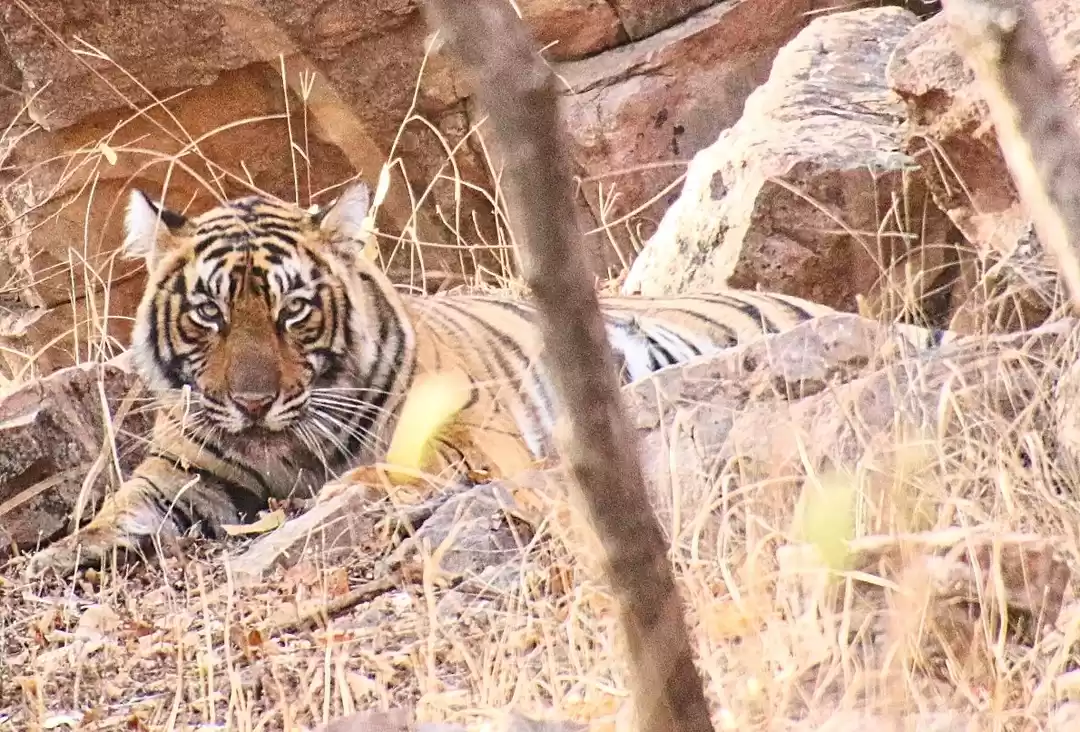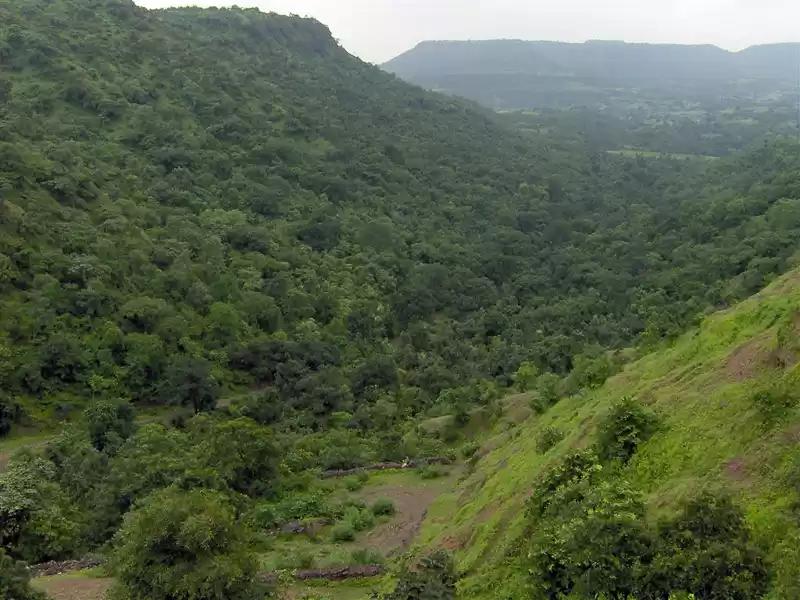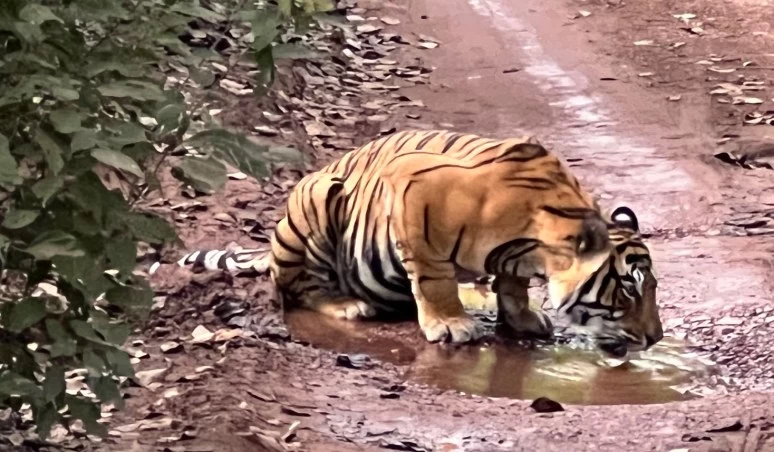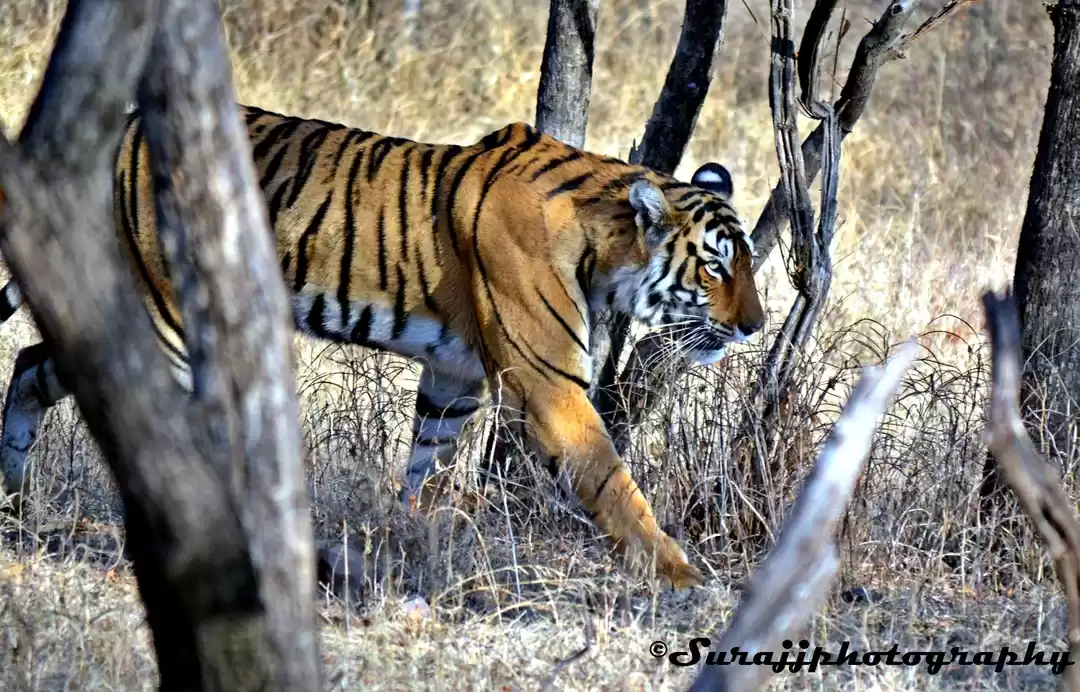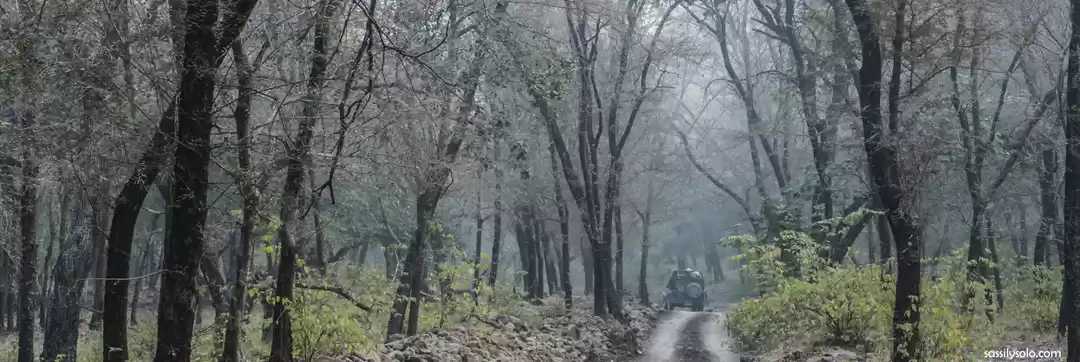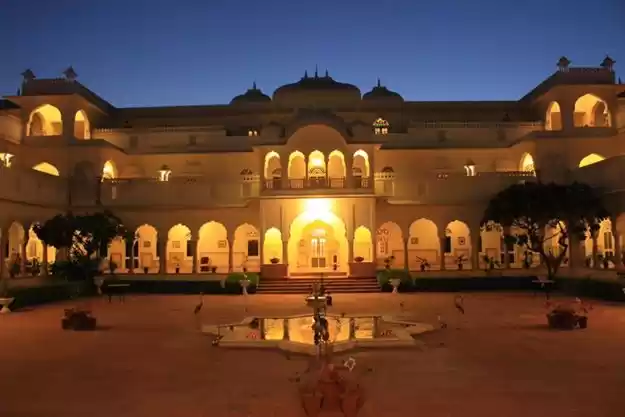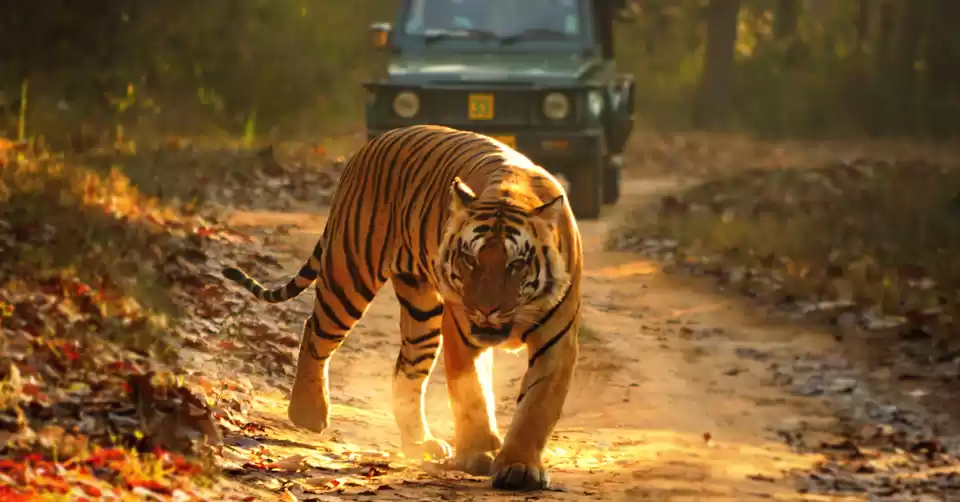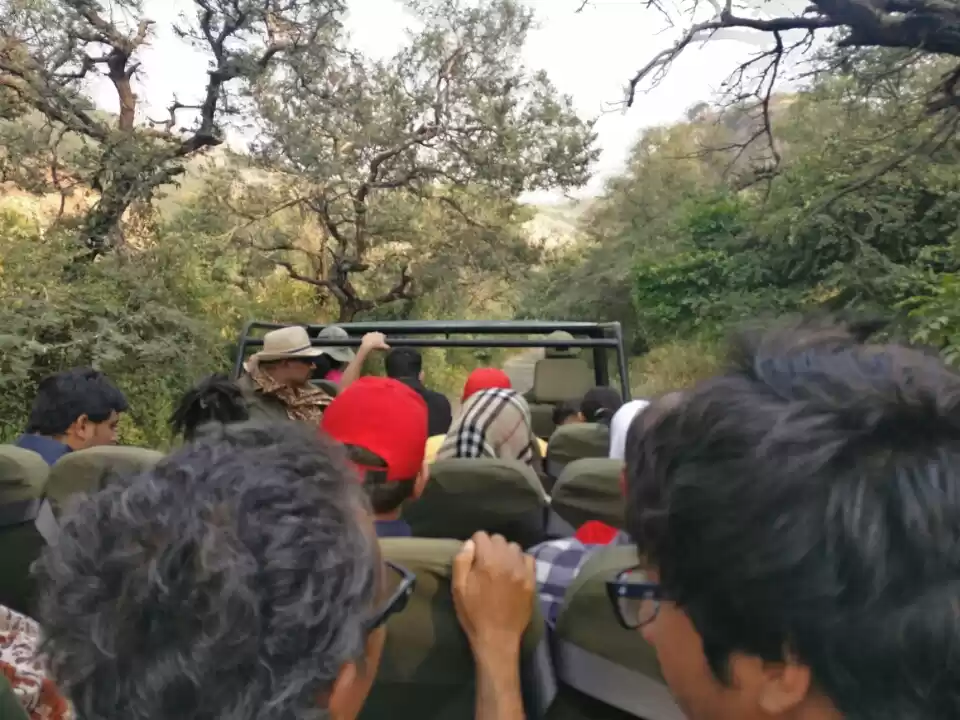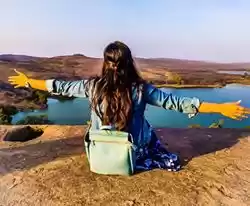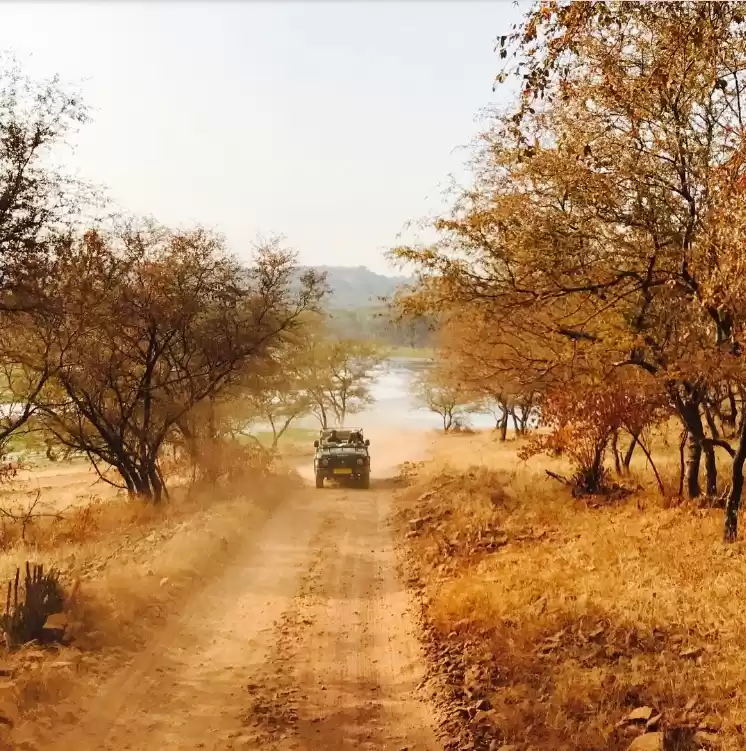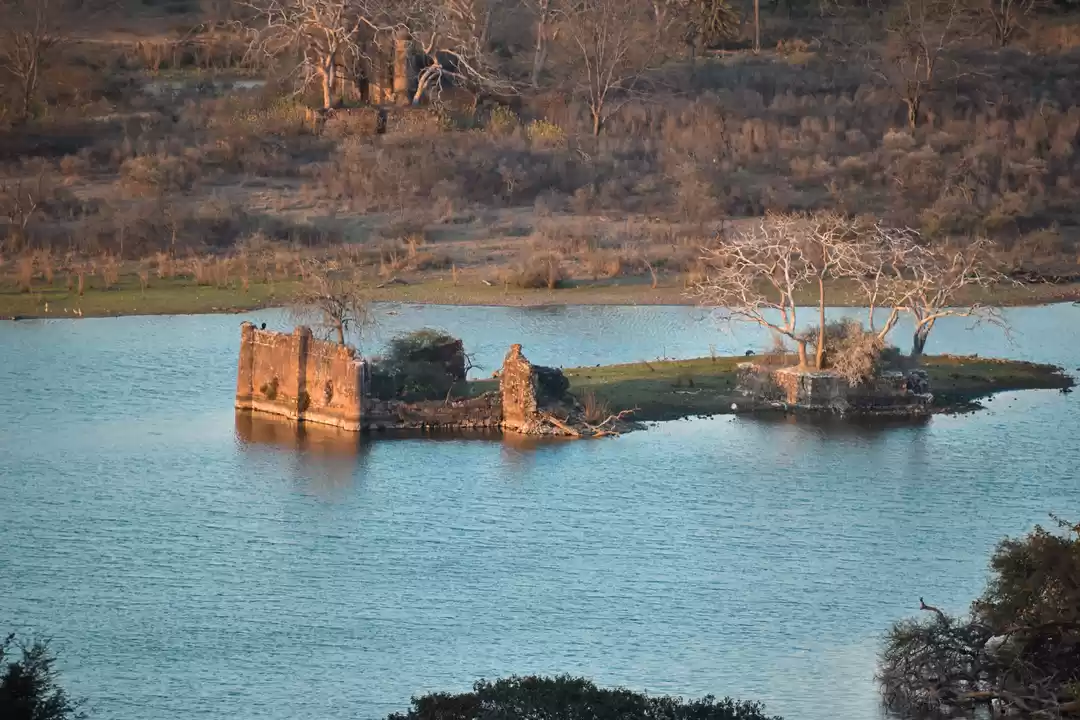About the park : Ranthambore National Park is one of the most well known national parks in India and is located in Sawai Madhopur, Rajasthan. It is known for the wide variety of wildlife, flora and fauna. Ranthambore was once the hunting ground for the Maharajas, which led to a reduction in the number of tigers in the area. The conversion of Ranthambore into a National Park with the help of Project Tiger launched in 1973 has helped in recovery of tiger population there. Ranthambore now has the one of highest tiger density in India
How to reach Ranthambore : The national park is located about 465 kilometres from New Delhi. It is an 8 hour journey by road. The train journey to Sawai Madhopur railway station from Delhi is approximately 5 to 6 hours. The nearest airport is at Jaipur, about 3 hour road journey from Sawai Madhopur.
Where can the bookings be made: Resort and safari bookings can be done online or through a travel agent. Budget, standard and luxury resorts can be easily reserved at any time of the year. The hotel/resort staff will also be able to arrange a safari if prior bookings have not been made. However, that is subject to availability. Morning, evening, half day and full day safaris can be booked in jeeps or canters. Jeep safari costs about 1500 INR per person while a canter costs Rs 1000 INR per person. The safari timings differ depending on the season. During summer the entry is earlier and exit time is later as compared to winter. The morning safari is from 7:00 am to 10 am and evening safari is from 2.30 pm to 6 pm.
Best time to visit : The park remains closed between July and September. The best sightings are from April to June. Though the weather is good after the monsoons, tigers are not so easily seen in the winter months.
What are the main zones to be visited : There are 10 safari zones in Ranthambore. Zones 1 to 5 are the zones where tigers are usually spotted out of which zone 2 has the maximum number of water holes thereby increasing the chance of animal sightings.
What are the other places to be visited : After the morning safari a visit to the Ranthambore fort can be planned as this is a world heritage site.

















